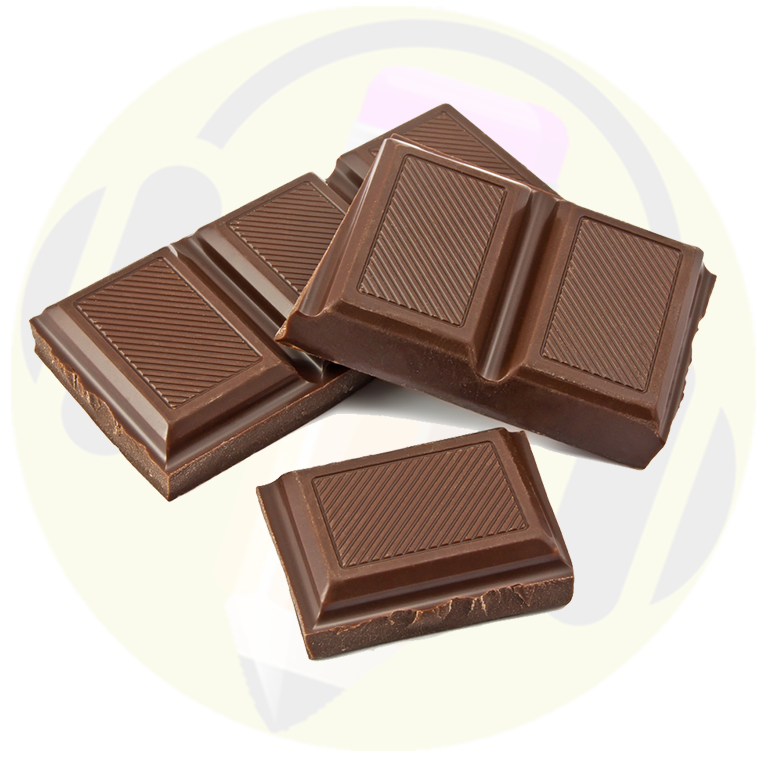A Brief History of Chocolate
متن زیر را با دقت بخوانید و به سوالات انتهای صفحه پاسخ دهید.
One of the most beloved foods in the world, chocolate is not just a modern treat. In fact, chocolate—or rather, cacao seeds—has been part of our culinary history for thousands of years.
More than 2,000 years ago in Central America, the Mayan people began consuming a drink made from cacao seeds. There was no sugar in America in those days, and so they flavored the drink with chili peppers and other spices. It was called xocolatl, meaning bitter water. The Mayans used xocolatl for important rituals, such as religious ceremonies or weddings, and believed that 10 consuming it would enhance their health and cure illnesses. Caco seeds became highly valued throughout Central America, and were even used as currency’ by the Aztecs.
On his fourth voyage to America in 1502, the explorer Christopher Columbus landed in what is now called Nicaragua. He was the first European to discover cacao seeds being used as money, but he did not consider it very significant. It was only later, in the 16th century, that another 15 explorer, Hernando Cortez, saw cacao’s value, and brought the drink and the equipment used to make it back to Spain. The Spanish didn’t quite take to the bitter taste, and added other ingredients such as sugar and vanilla, so that chocolate more closely resembled the sweet treat we know today.
As popular as chocolate was in Spain, it didn’t spread to the rest of Europe until nearly a hundred years later, when a Spanish princess married the French king and made chocolate fashionable. By the 17th century, the chocolate drink had gained widespread popularity in France, 25 and an ambitious Frenchman opened the first chocolate house in London. Soon, chocolate drinks were sold everywhere in London, and English bakers began using it in cakes —the first mention of chocolate being eaten and not drunk.
But the biggest development in modern chocolate consumption happened by accident in 1828. C. J. van Houten, a Dutch chemist, discovered a method for making powdered chocolate when he 30 tried to extract oils from cacao to make the drink smoother. This product became known as “cocoa powder.” Not long after, in 1847, a British man named Joseph Fry developed “eating chocolate,” which were chocolate bars made of cocoa powder, cocoa butter, and sugar. This led to the first milk chocolate bars, sold by Nestle, a Swiss company. These were created by adding condensed milk2 to Fry’s chocolate bar recipe. Fry’s company, Fry & Sons, was later bought by Cadbury. Today, Nestle and 35 Cadbury remain the world’s leading chocolate producers.
Chocolate hasn’t lost its popularity, and has yet to stop evolving. Stop in your local specialty chocolate shop and you might find chocolates filled with fruit jellies and even flower petals. Food scientists have made chocolate sauces that can harden in seconds, and chocolate bars that don’t melt in hot weather. For people who cannot live without chocolate, scientists have added the smell m and taste to products like soap, perfume, toothpaste, and lipstick. As world-famous chocolatier Jacques Torres once said, “Chocolate is a magical product.”
